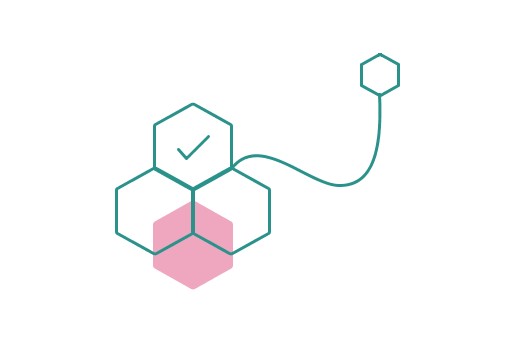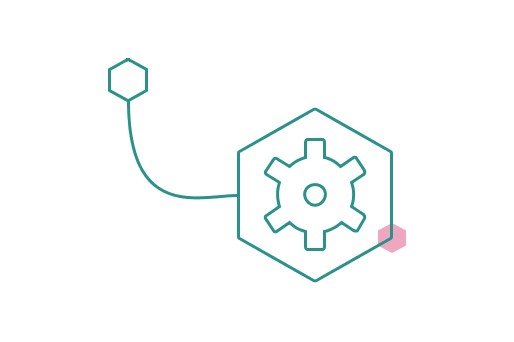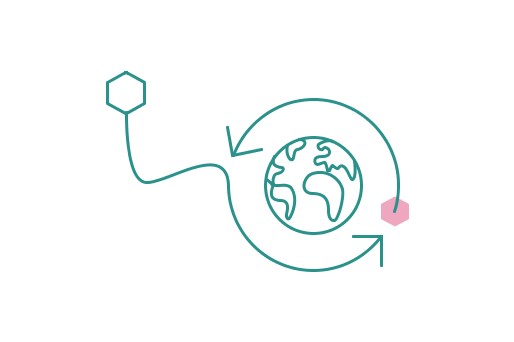The Urban Diabetes Action Framework offers a roadmap with six essential steps to set up a public health intervention.
Together with your stakeholders, build a coalition and commit to targets
that will allow you to achieve your intervention goal. Step 2 is
designed to help you identify and engage with the most relevant
stakeholders, secure their commitment and define the intervention’s
intended impact by developing a logic model.

Together with your stakeholders, build a coalition and commit to targets
that will allow you to achieve your intervention goal. Step 2 is
designed to help you identify and engage with the most relevant
stakeholders, secure their commitment and define the intervention’s
intended impact by developing a logic model.
After the intervention has been running for some time, you will start to
collect data in accordance with your evaluation design. The data should
be analysed according to your predetermined plan, and interpreted and
documented in an appropriate format to ensure the best possible uptake.
Make sure that you share and discuss the findings, and consider the
sustainability and scalability of the intervention.

After the intervention has been running for some time, you will start to
collect data in accordance with your evaluation design. The data should
be analysed according to your predetermined plan, and interpreted and
documented in an appropriate format to ensure the best possible uptake.
Make sure that you share and discuss the findings, and consider the
sustainability and scalability of the intervention.









